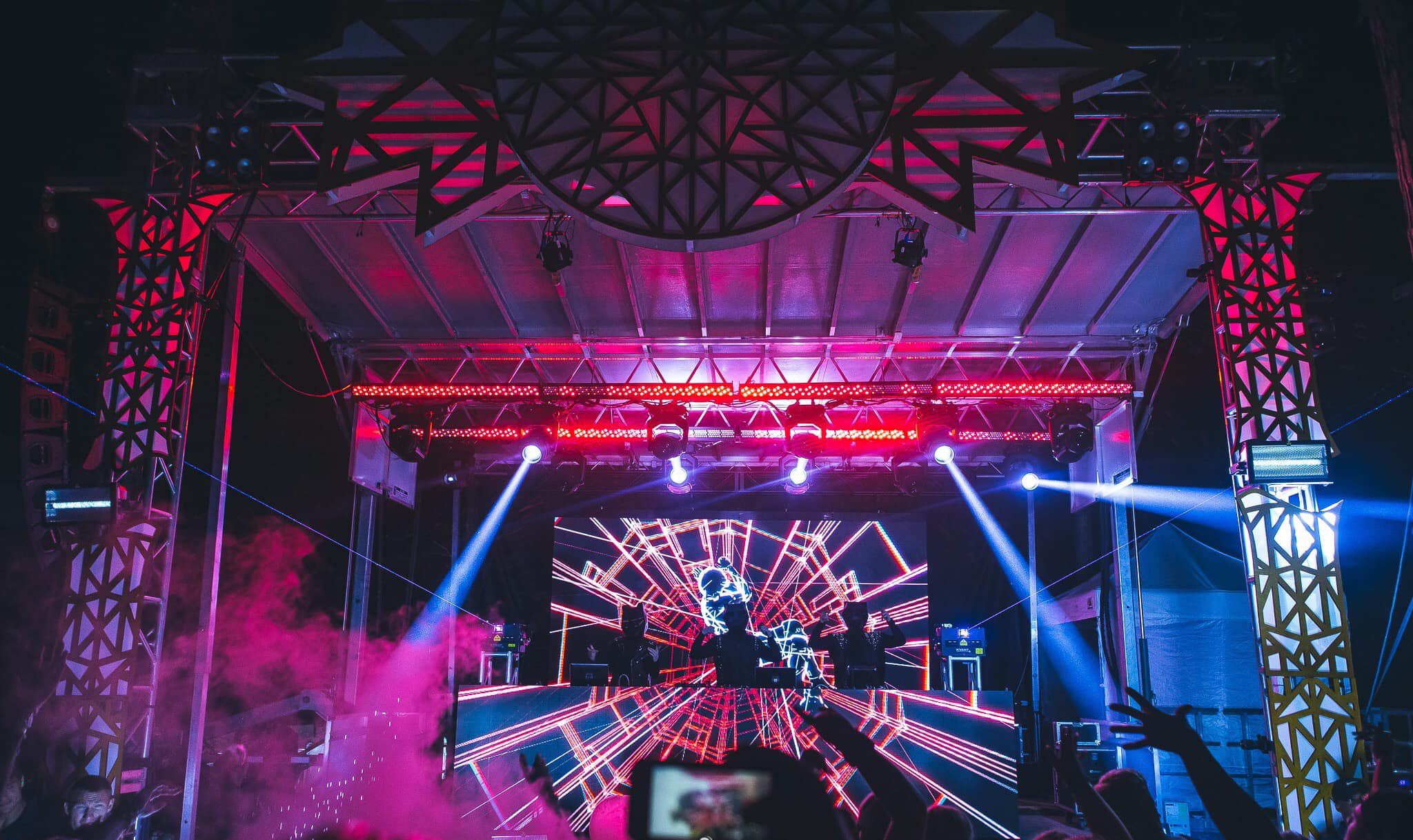Grasping the Typical Causes of Light Emitting Wall Display Breakdown
Wiki Article

LED panel panels are widely used in multiple environments, from advertisements to residential theaters. These panels are favored because they provide bright and dynamic visuals while being energy-efficient. However, like all digital gadgets, LED wall panels can encounter malfunctions. Comprehending the frequent causes of these failures is crucial for preserving their performance and ensuring longevity. This piece explores several critical factors that can lead to the failure of LED panel panels.
One of the most common reasons of malfunction in LED panel panels is excessive heat. LED technology produces heat during use, and if this heat is not adequately managed, it can damage internal components. Poor airflow or insufficient cooling systems can worsen the problem. When the heat rises beyond the recommended levels, it can result to diminished brightness, color deviation, or complete failure of the screen. Regular care, including cleaning air vents and maintaining adequate ventilation, can help prevent overheating and extend the life of the screen.
Another major cause leading to LED panel screen failure is electricity surges. Variations in the power supply can cause damage to electronic components within the panel. Sudden spikes in voltage can lead to blown fuses or damaged circuits, resulting in malfunctioning displays. Using voltage safeguards and power controllers can mitigate this threat by stabilizing the power supply and protecting sensitive digital parts. Making sure that the power infrastructure is up to standard and capable of handling the power requirements of the screen is also essential.
Environmental conditions play a crucial role in the functionality of LED panel screens. Contact to harsh temperatures, humidity, or dust can negatively impact their operation. For instance, high moisture can result to water buildup inside the screen, which can cause short circuits or corrosion of internal components. Similarly, too much dust build-up can obstruct airflow and result to overheating. Installing LED panels in controlled environments and frequently maintaining them can assist preserve optimal functionality and prevent useful site failures.
Additionally, manufacturing defects can lead to early malfunctions in LED panel screens. Quality assurance during production is essential to ensure that each screen meets market standards. Faulty parts or poor construction can lead in problems such as inactive pixels or irregular brightness. It is crucial for consumers to buy LED panel panels from trusted brands that provide guarantees and service. This guarantees that any potential defects can be addressed promptly, reducing downtime and annoyance.
In summary, understanding the frequent reasons of LED wall panel failure can help consumers take preventive measures to ensure their longevity and functionality. By tackling overheating, safeguarding against power surges, taking visit here into account external conditions, and choosing quality products, consumers can greatly reduce the risk of failure. Regular maintenance and awareness of these factors will result to a superior experience with LED wall screens, regardless for personal or professional application.